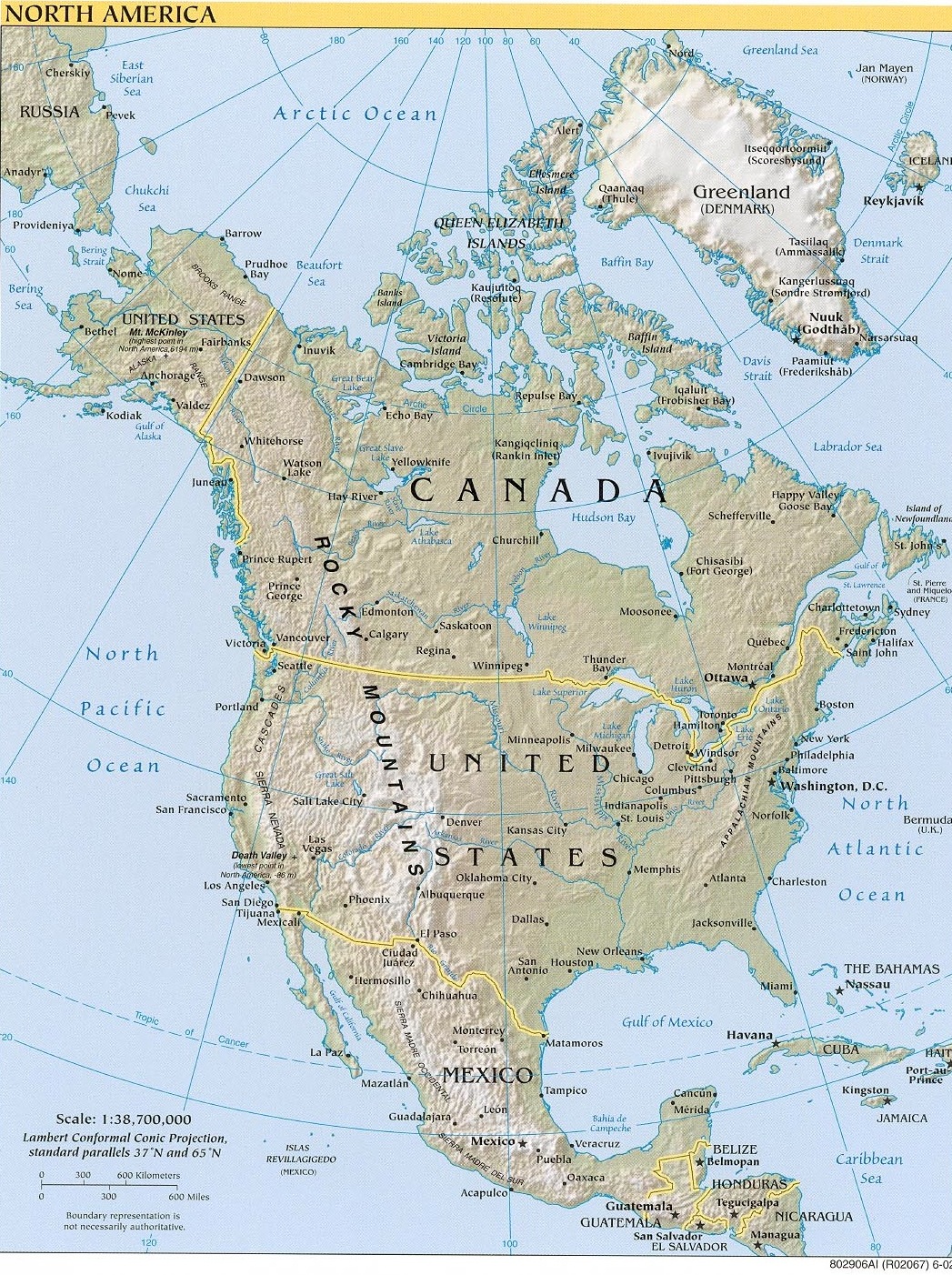Studies in Ecological History
"The land was ours before we were the lands."
Robert Frost, The Gift Outright. A
 Voices from the past: contrasting primary documents
Voices from the past: contrasting primary documents
Andrew W Warren "Long Island Homestead" in 1859, N.Y. Oil on paperboard, National Portrait Gallery.
![]()
method | days: one & two | | summary | Crosby | Du Bois | Emerson | Sources
![]()
Method
Compare: phrases that describe conditions.
Contrast: latitude and longitude reveal dimensions.
Analysis: deriving meaning from diverse parts
- four "fs" of "fertility"
- literal meaning
- figurative meaning
- metaphors
![]()

Know the locations about where you are reading.
"President Obama had announced Monday that his administration is officially redesignating Alaska's Mt. McKinley as Denali, the original name for the 20,237-foot-high mountain given by the area's Alaskan native population."
Los Angeles Times, 8-31-15.
![]()
September
1 Du Bois, The Souls of Black Folks, Chapter 7. Questions, see: Souls
- Orientation
- latitude and longitude
- historical layers
- watersheds
- Cherokee and Choctaw land
- Ogelthorpe's mission (irony)
- Slavery
- Wage peonage / land indebtedness
- ironic land of debt peonage
Enlarge
Where is the "Black Belt?"
![]()
paper exercise
This paper photo (roll-over) represents the map or scheme of the US "land system."
The long lines on the paper are similar to longitude lines that run North to South.
Latitude lines are parallel to the Equator and run East and West, similar to the double red line at the bottom of the above photograph.
Next
![]()
September
3 Emerson, Nature.
Contrast Emerson's description of farms with Du Bois:
- A) use key phrases to contrast
- B) Describe divergent context of each author
- C) choose a selection from the 1836 Nature essay to explain the two different views.
- D) How might we see their views as different "voices?" describing the past?
Possible summary:
Crosby frames our means of inquiry or method.
Historian.
Du Bois orients us "latitudinally" and economically.
Sociologist.
Emerson "longitudinally" takes us from narrowness to a more inclusive vision.
Philosopher, clergyman.
Crosby – he frames our look at the past, or how to listen carefully enough to hear history's many voices.
- angle of inquiry "heaven on earth"
- beliefs in materialism (non-ideological), pragmatism, optimism
- confidence in the future (John Adams warning to U.K.)
- demographic exception
- doubling time (growth rate) is 22 years
- comparative family sizes, US larger > Europe
- Agriculture
has played a formative role in national values.
- enormous yields of corn versus wheat
- ease of growing staple crop of Maize
- the diversity (varieties) and extent of the corn belt
- latitudinally from west to east
- longitudinally from Peru to Canada
Du Bois orients us to a persisting historically-rooted condition; a painful voice.
- Geography North & South, Western, sections of N.A.
- land ownership and wealth
- landscape qualities of soil, water, forests, settlements and people's beliefs
- Ethnocentricity: takes us to the geographical core of the "Negro problem"
- He examines the causes for prosperity, progress, and poverty
- the worn out lands of the Cotton Kingdom (Albany, Georgia).
Emerson envisions an ideal. He is an idealist and his vision arises from his realization of the definite components of his native New England (Concord, Mass.) countryside; a self-reliant voice.
- walking is the scale he references as opposed to Du Bois train or railway ride south from Atlanta.
- property is obvious as land in well bordered farms
- he sees beyond the surface to a deeper reality
- private property persists
- beside the common "space" of "landscape."
- private holdings can only exist in "handshake" relationship with public or common lands.
![]()
Sources:
A. The Gift Outright, (1941) by Robert Frost -- The quote;
this is the first line of a poem that describes the relation of humans to the land comprising the United States. He has a peculiar suggestion in this Sonnet about how our ancestors related to the geography of America when he says:
"Something we were withholding made us weak
Until we found out that it was ourselves
We were withholding from our land of living,
And forthwith found salvation in surrender.""Such as we were we gave ourselves outright
(The deed of gift was many deeds of war)
To the land vaguely realizing westward, . . ."
From the first line of the poem I use this passage because land is a major theme in this class. More specifically the human relationship to nature's ecological conditions is measured literally and figuratively by primarily the way in which people use, transform, think about, and regard the land.
By land we mean literally land-use, land policy, landscape and figuratively we will use the concepts of "watershed," cultural landscapes, WEAL, and landscape artists to convey the diversity of our attitudes about nature in terms of forests, fields, wetlands, settlements, and Wallace Stegner's idea of a "Geography of Hope."
Finally the Frost poem has sinister or less optimistic and disparaging side as he ends the sonnet with:
"Such as we were we gave ourselves outright
(The deed of gift was many deeds of war)
To the land vaguely realizing westward,
But still unstoried, artless, unenhanced,
Such as she was, such as she would become."
B. The course is designed so you can weigh the optimistic (Adams) with the realistic (Crosby & Du Bois) and the idealistic (Emerson) with the pessimistic (Frost), to better inform your own judgment of American's attitudes towards nature & land in particular.
idealistic
realistic




 Background authors
Background authors